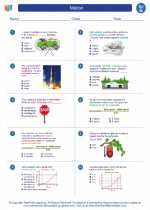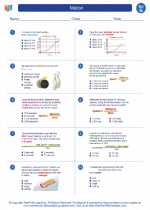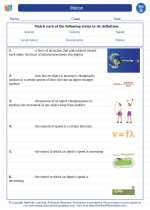Domains in Science
In science, the concept of domains refers to the highest level of classification of organisms. All living organisms are classified into three domains: Bacteria, Archaea, and Eukarya. These domains are based on differences in cell type, cell structure, and mode of obtaining nutrition.
1. Bacteria Domain
The Bacteria domain consists of single-celled microorganisms with prokaryotic cells. These organisms are found in various environments and have diverse metabolic processes. They can be further classified into different phyla based on their characteristics.
2. Archaea Domain
The Archaea domain also consists of single-celled microorganisms with prokaryotic cells. They are known for their ability to thrive in extreme environments such as hot springs, salt lakes, and deep-sea hydrothermal vents. Their unique characteristics differentiate them from both Bacteria and Eukarya.
3. Eukarya Domain
The Eukarya domain includes all eukaryotic organisms, which are characterized by having cells with a true nucleus and other membrane-bound organelles. This domain encompasses a vast diversity of organisms, including plants, animals, fungi, and protists.
Study Guide for Domains
When studying domains, it's important to focus on the following key points:
- Understand the characteristics of prokaryotic and eukaryotic cells.
- Learn the distinguishing features of organisms belonging to each domain.
- Explore the diversity of organisms within the Bacteria, Archaea, and Eukarya domains.
- Compare and contrast the metabolic processes and environmental adaptations of organisms in different domains.
- Consider the evolutionary relationships and phylogeny of organisms across the three domains.
By mastering these concepts, you'll gain a solid understanding of the domains of life and the remarkable diversity of living organisms on Earth.
.






